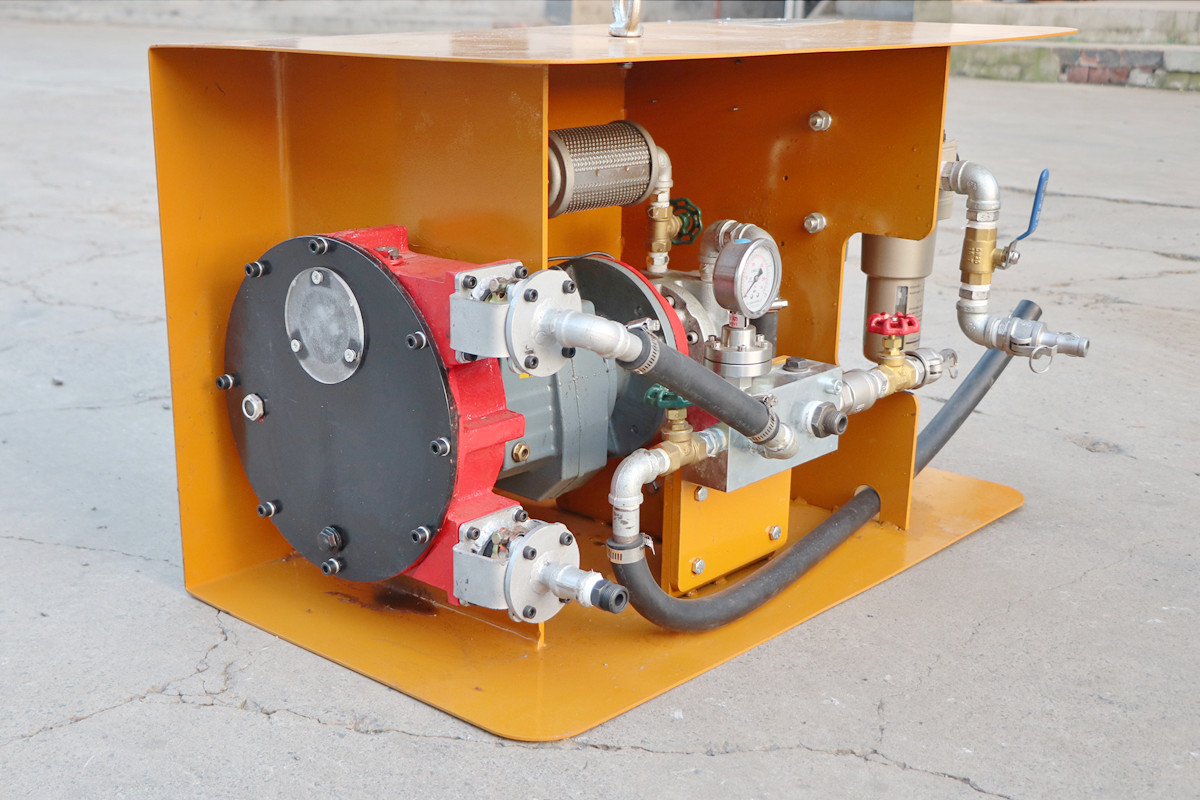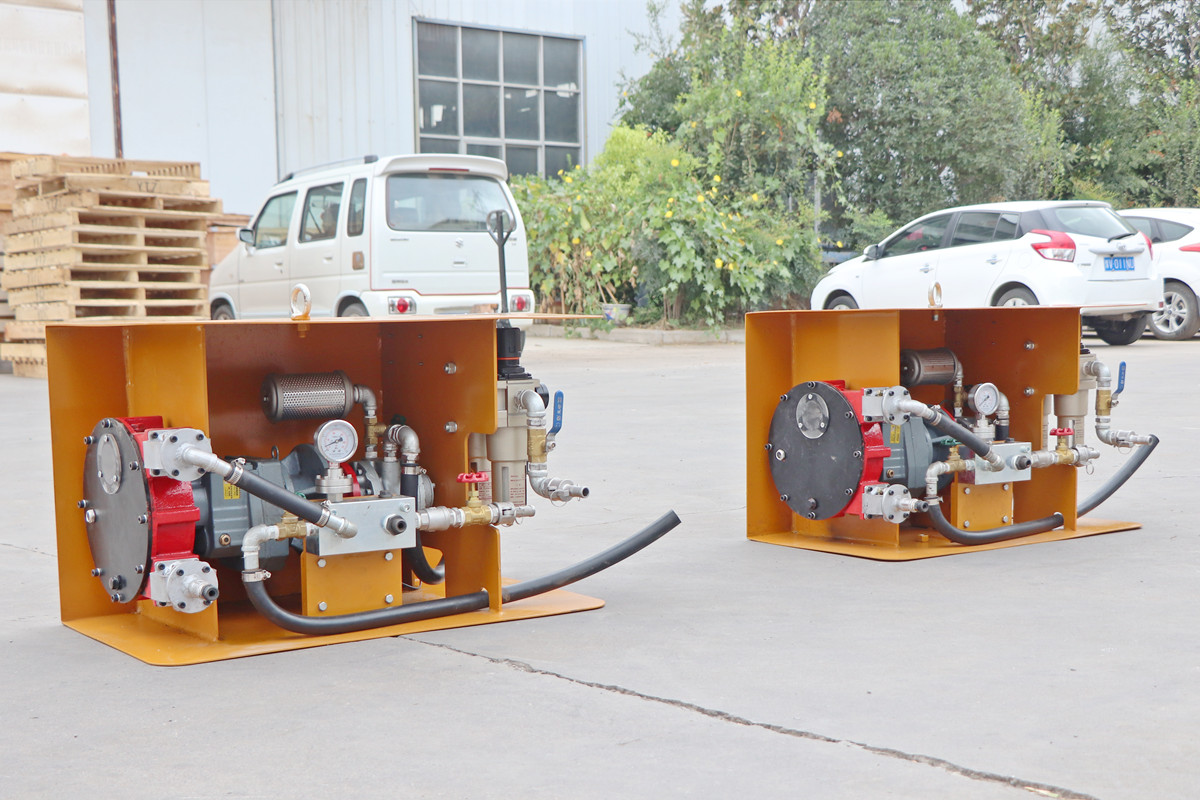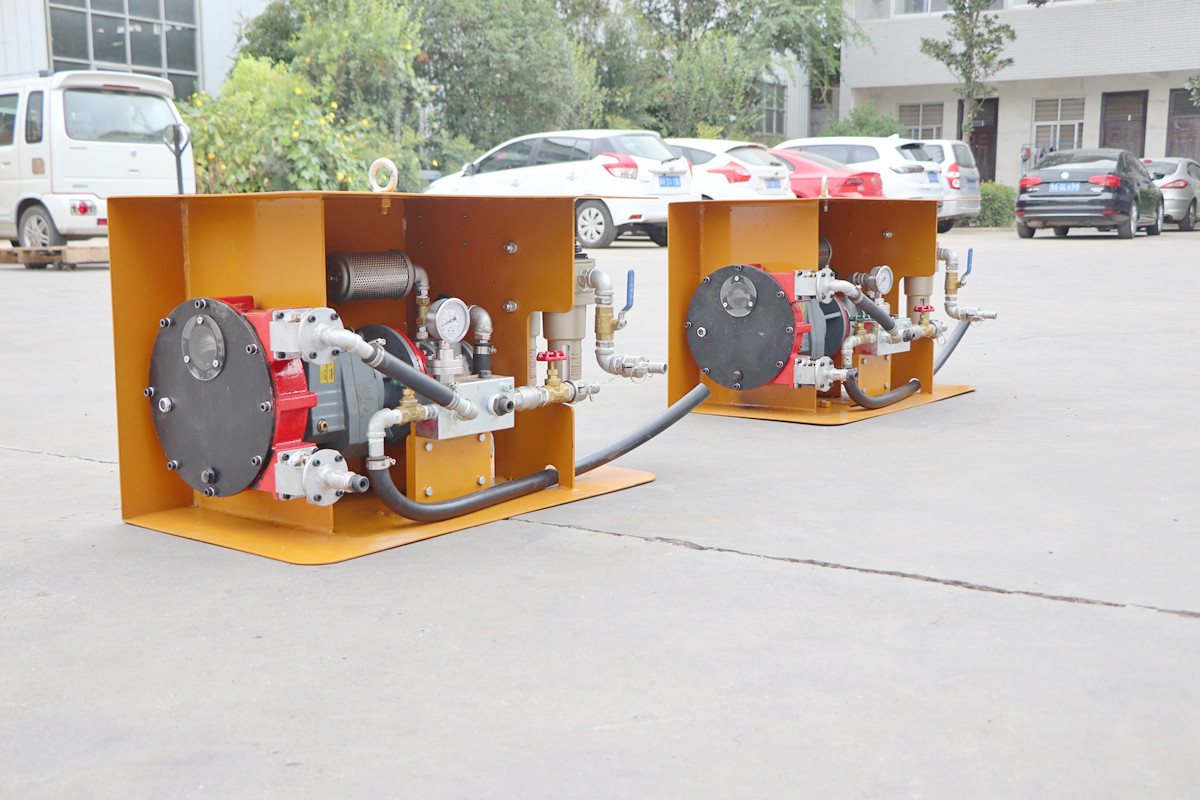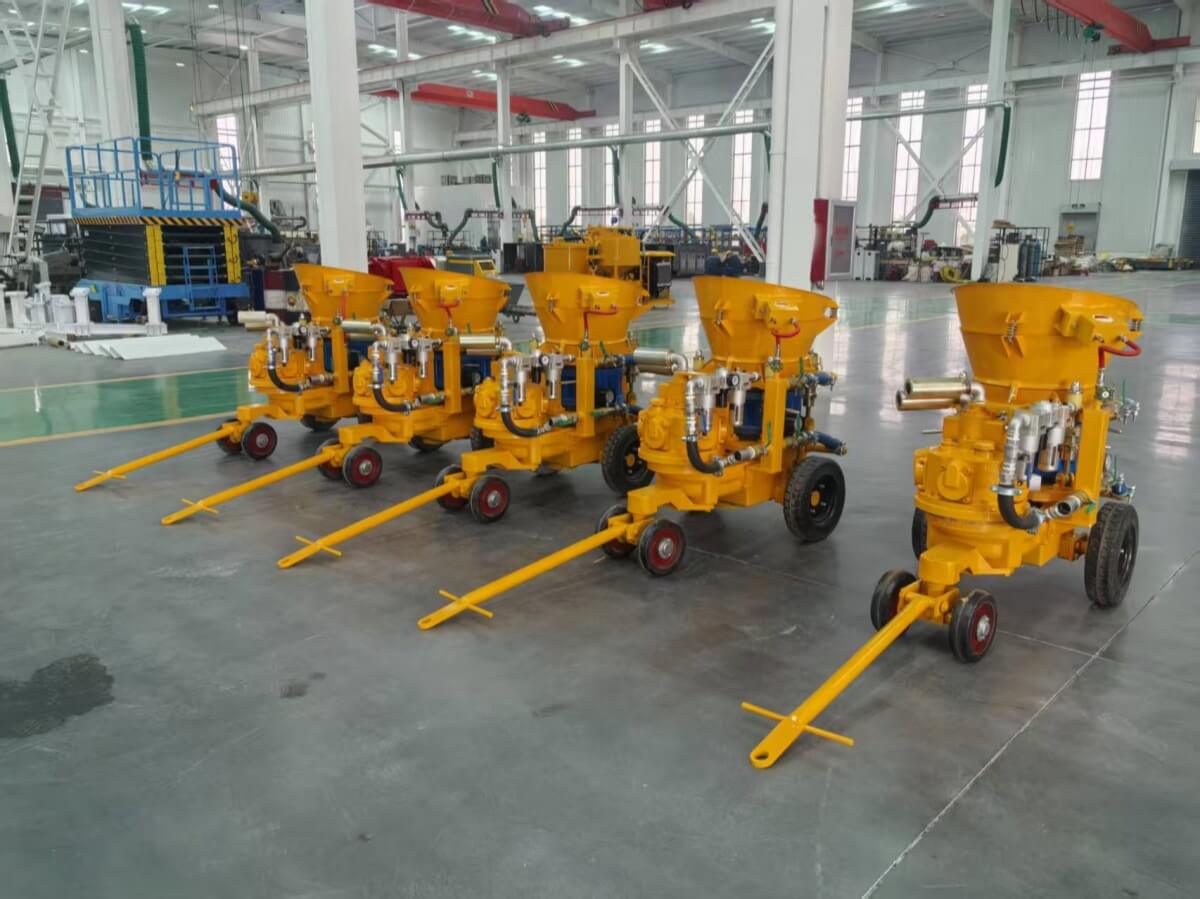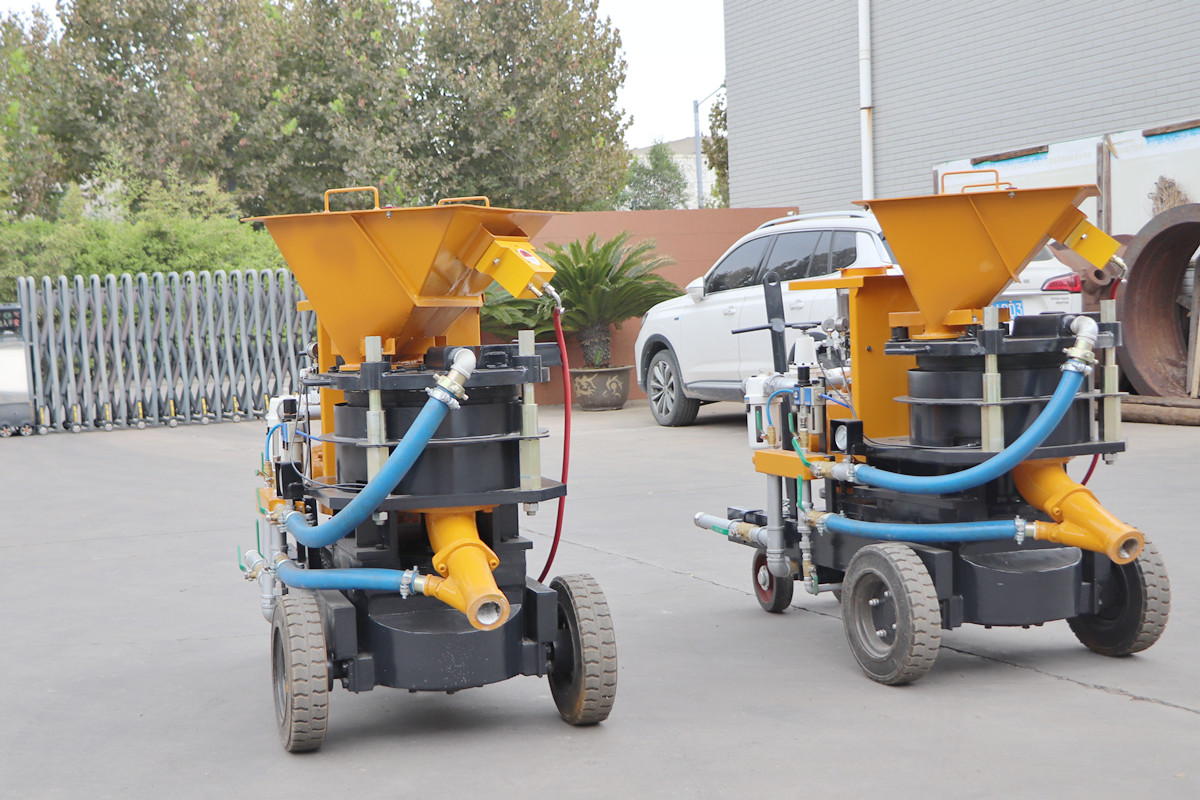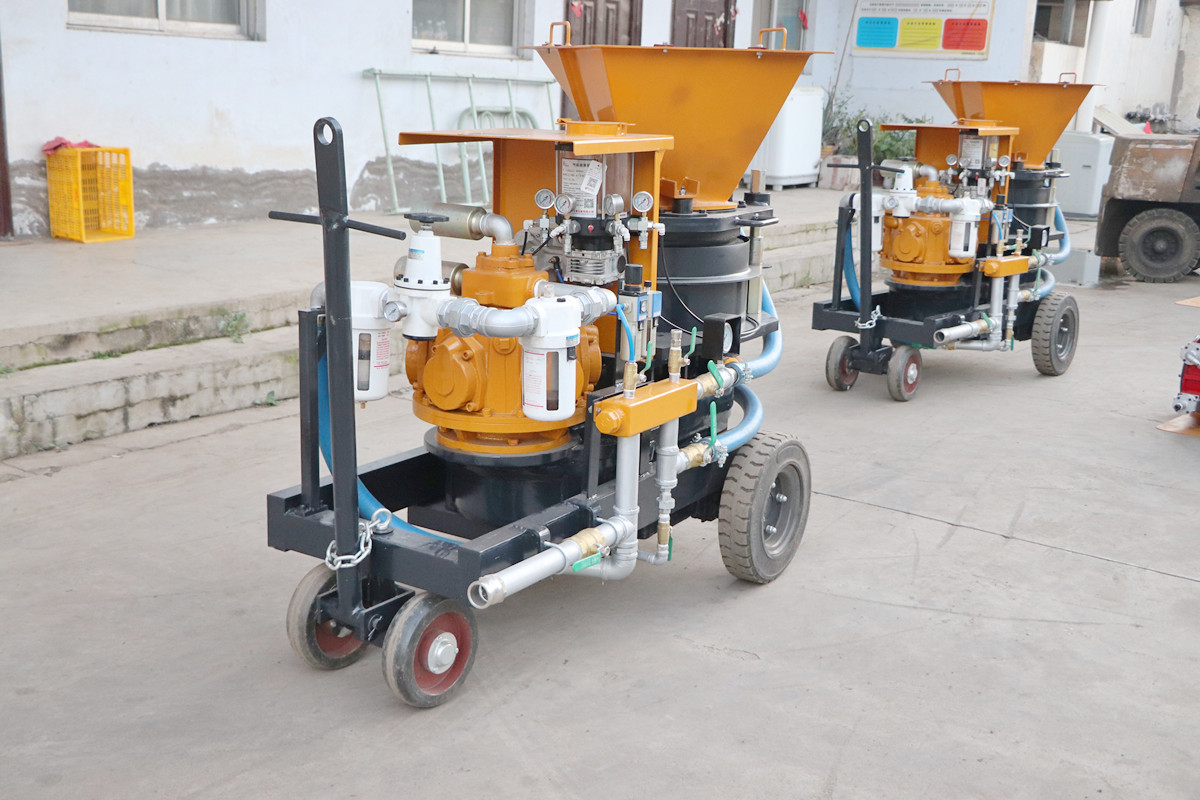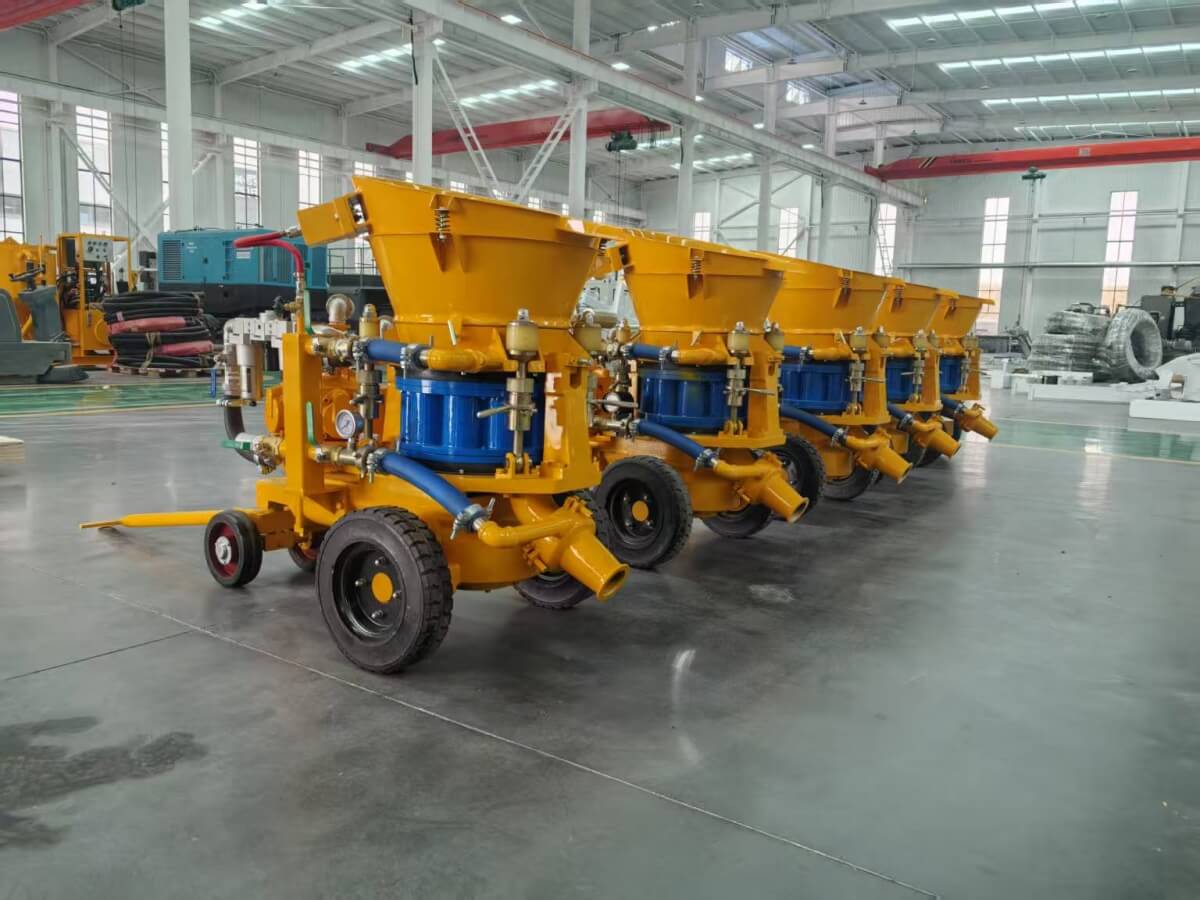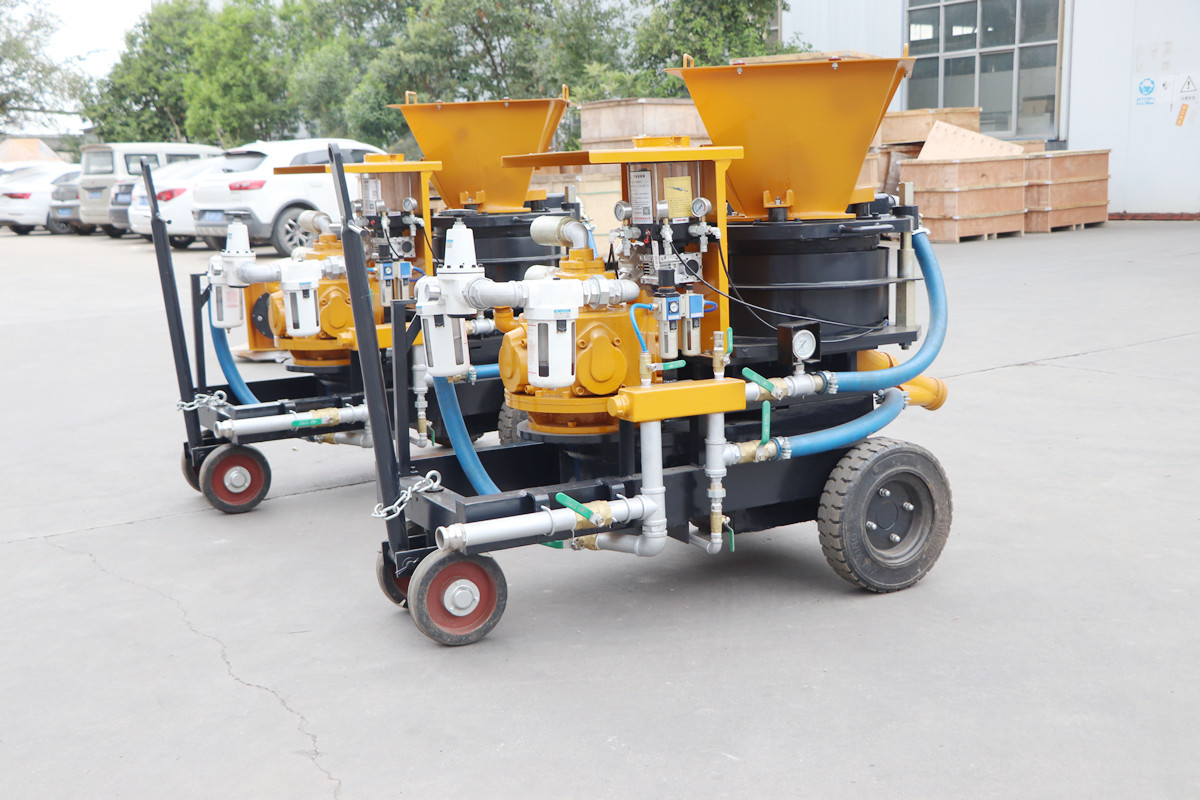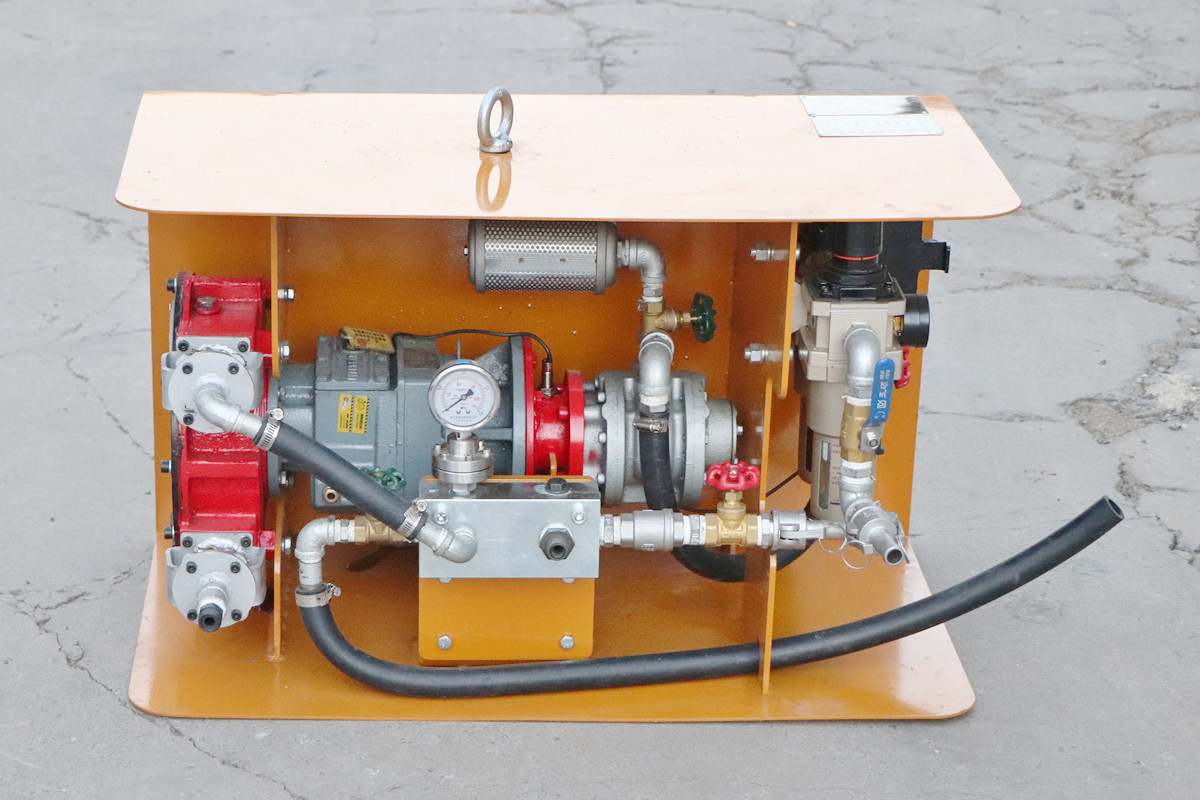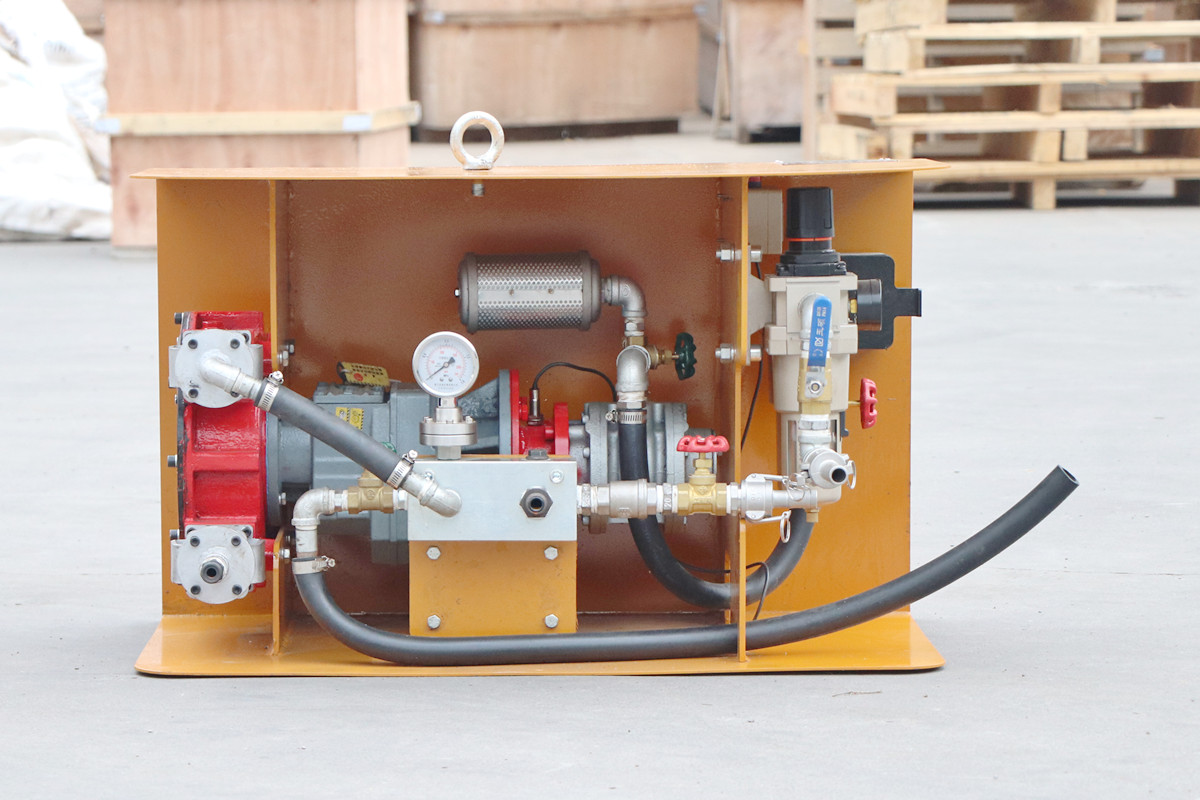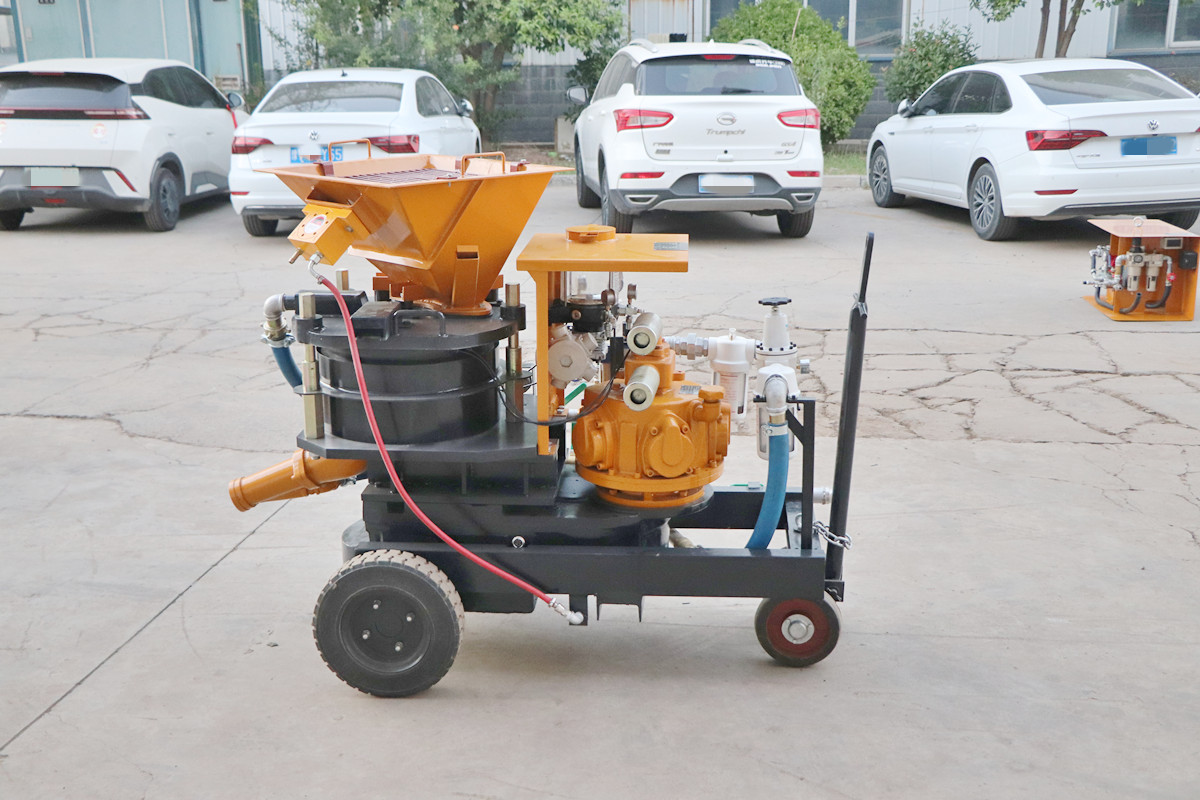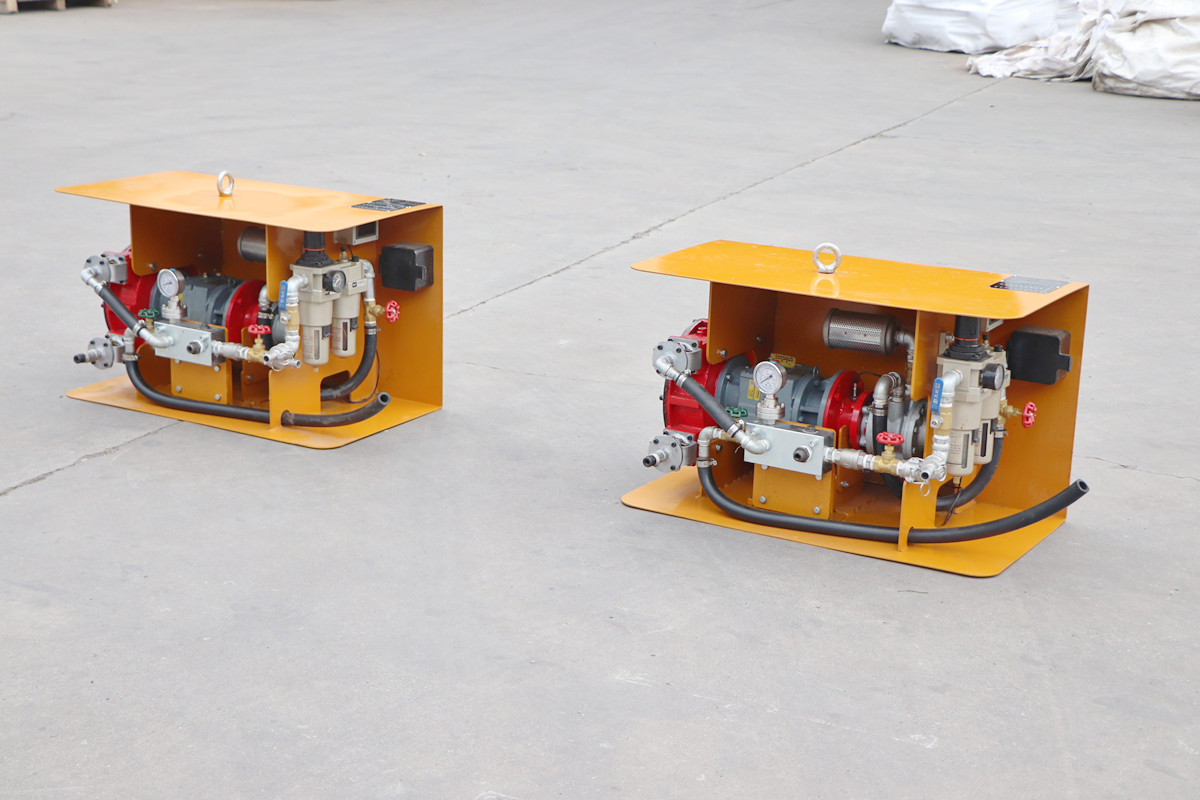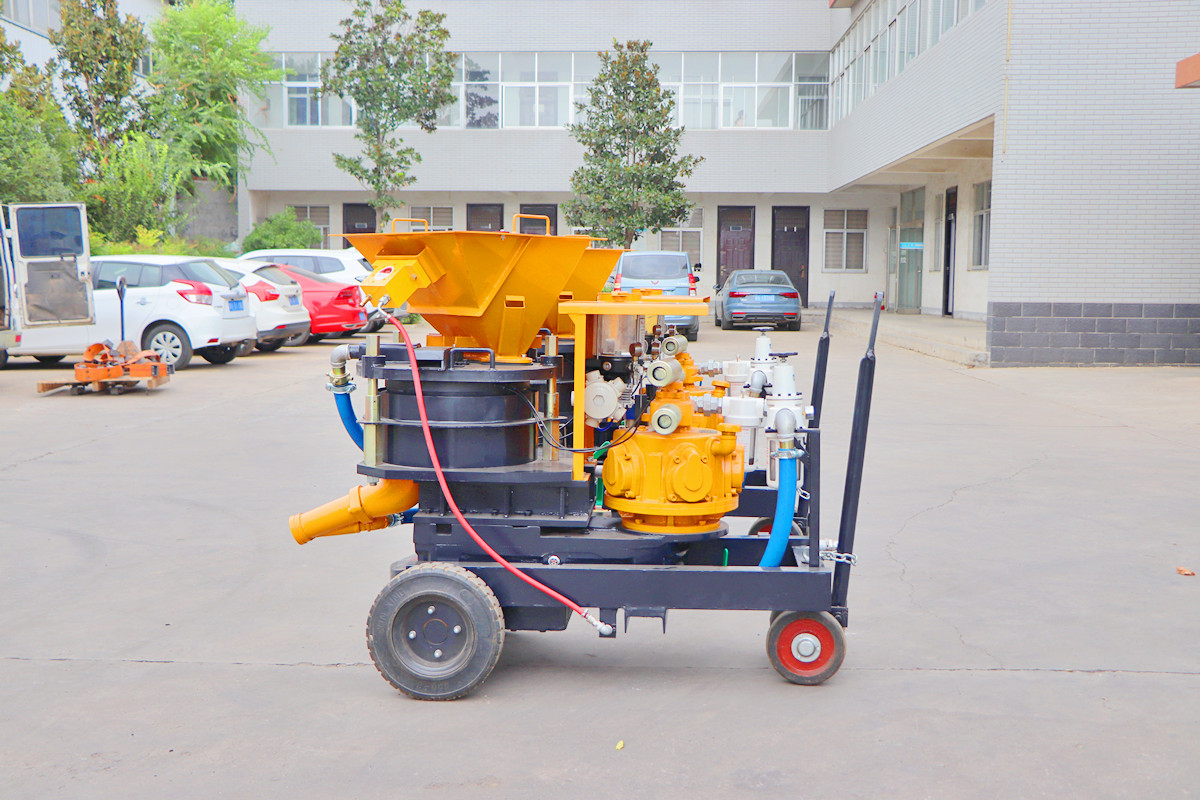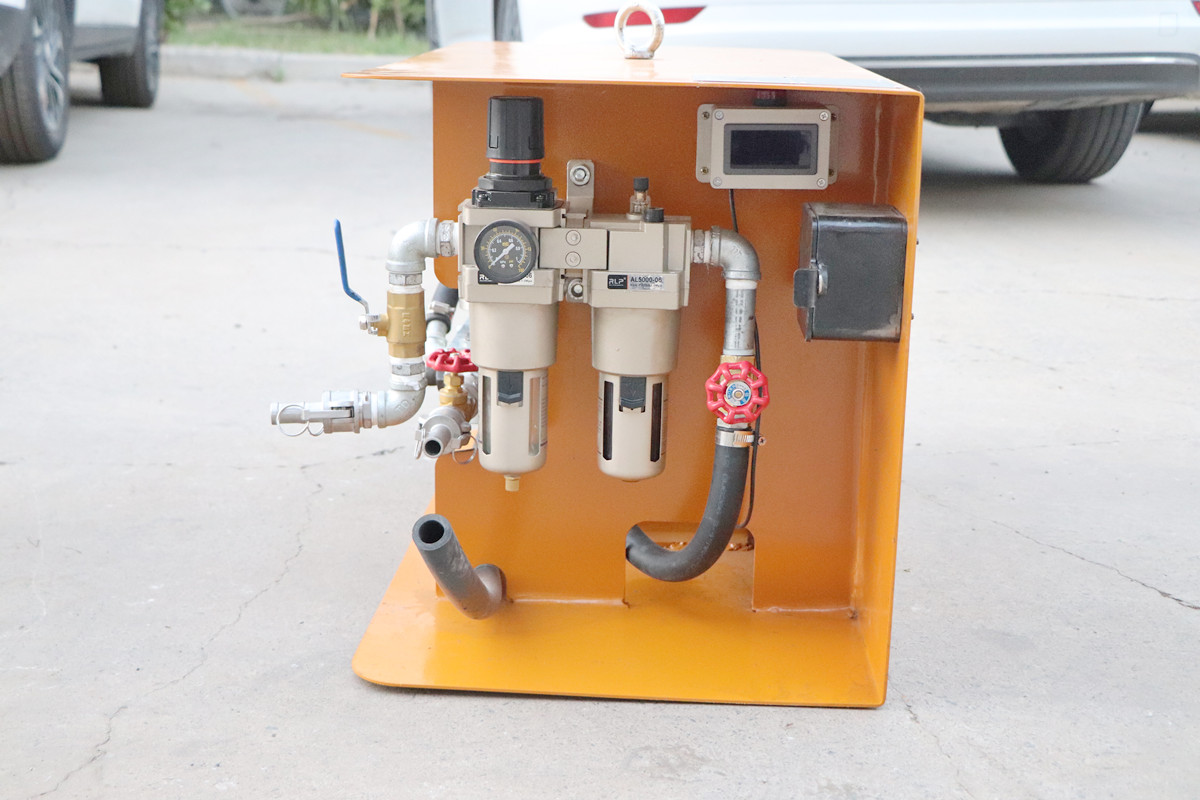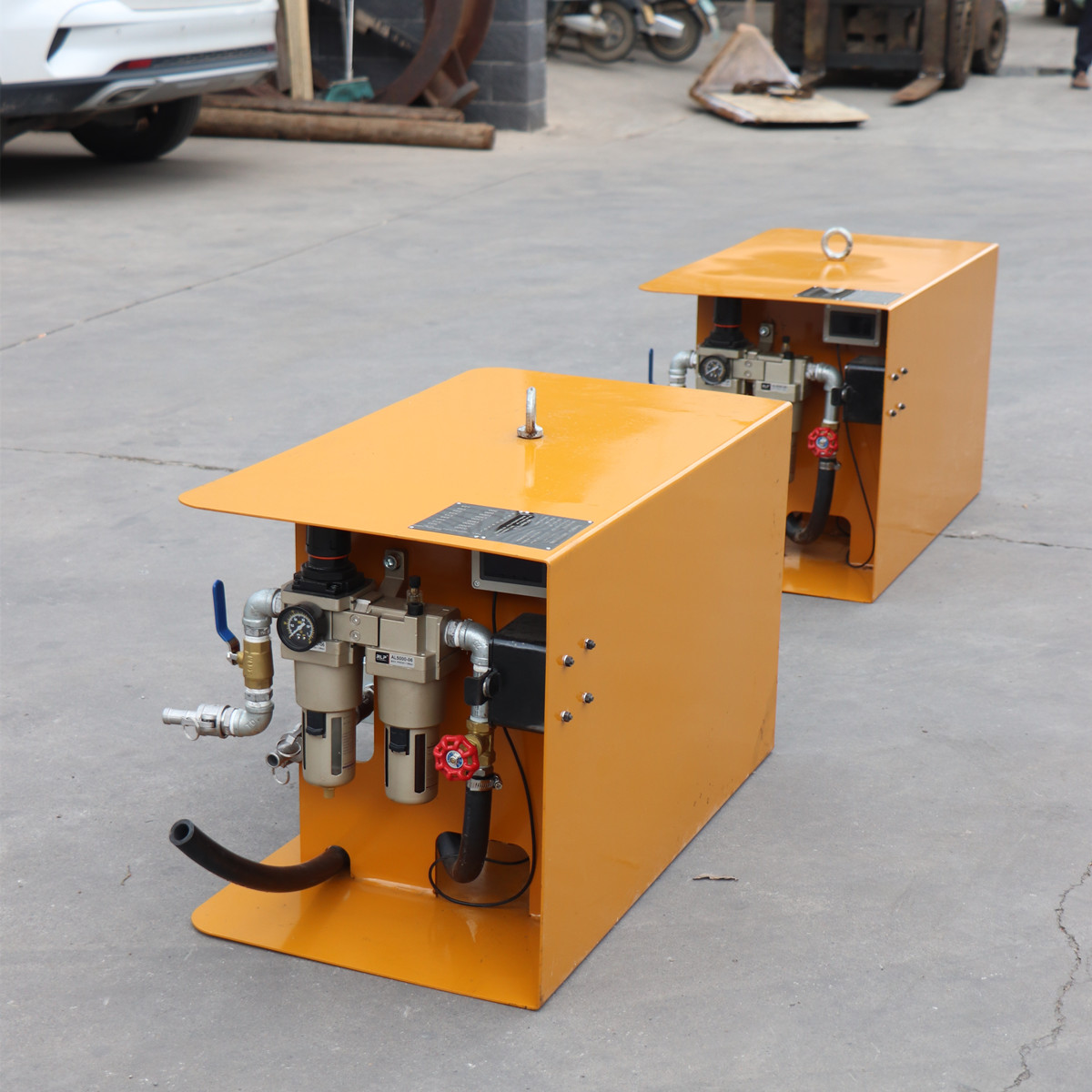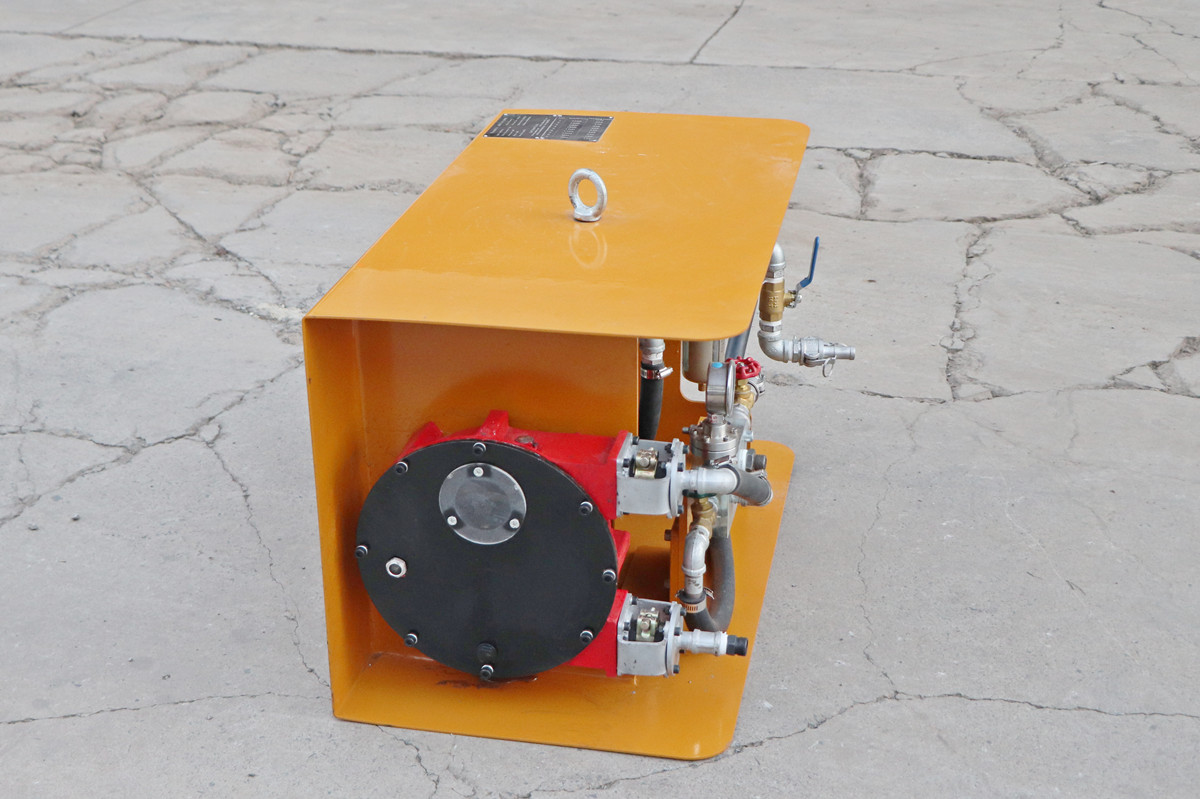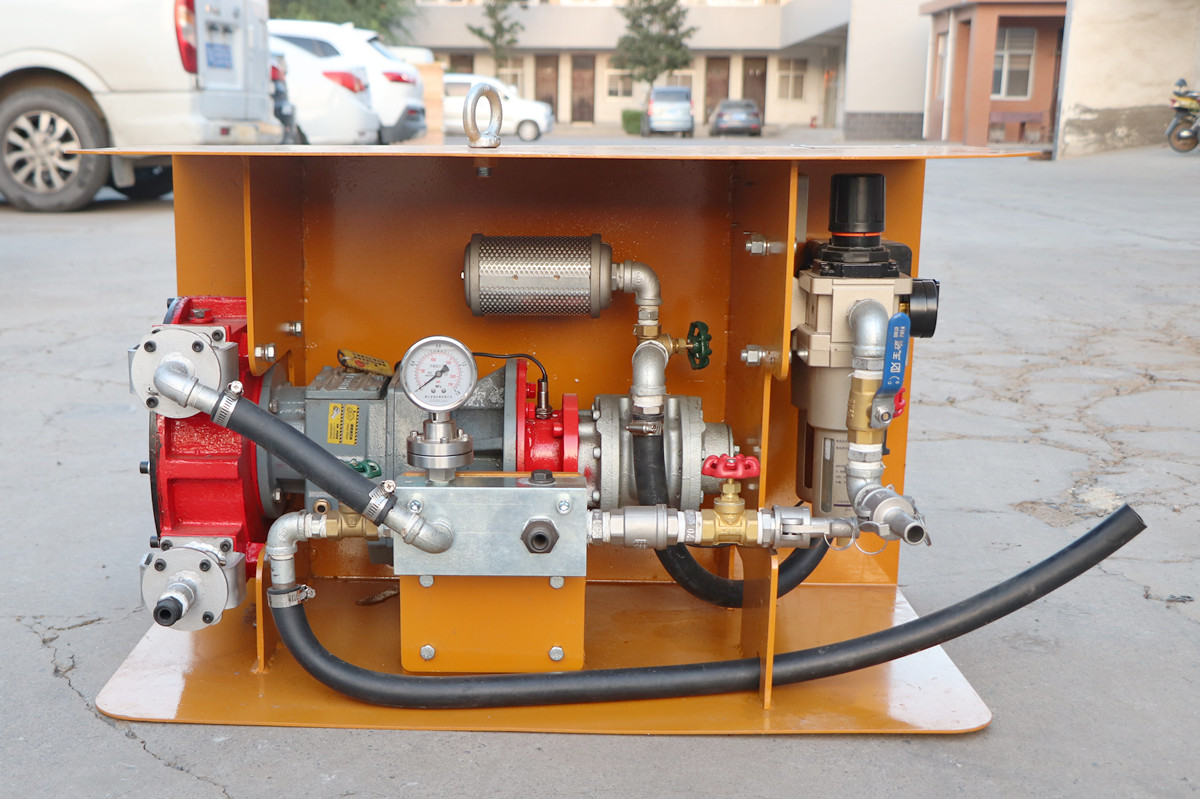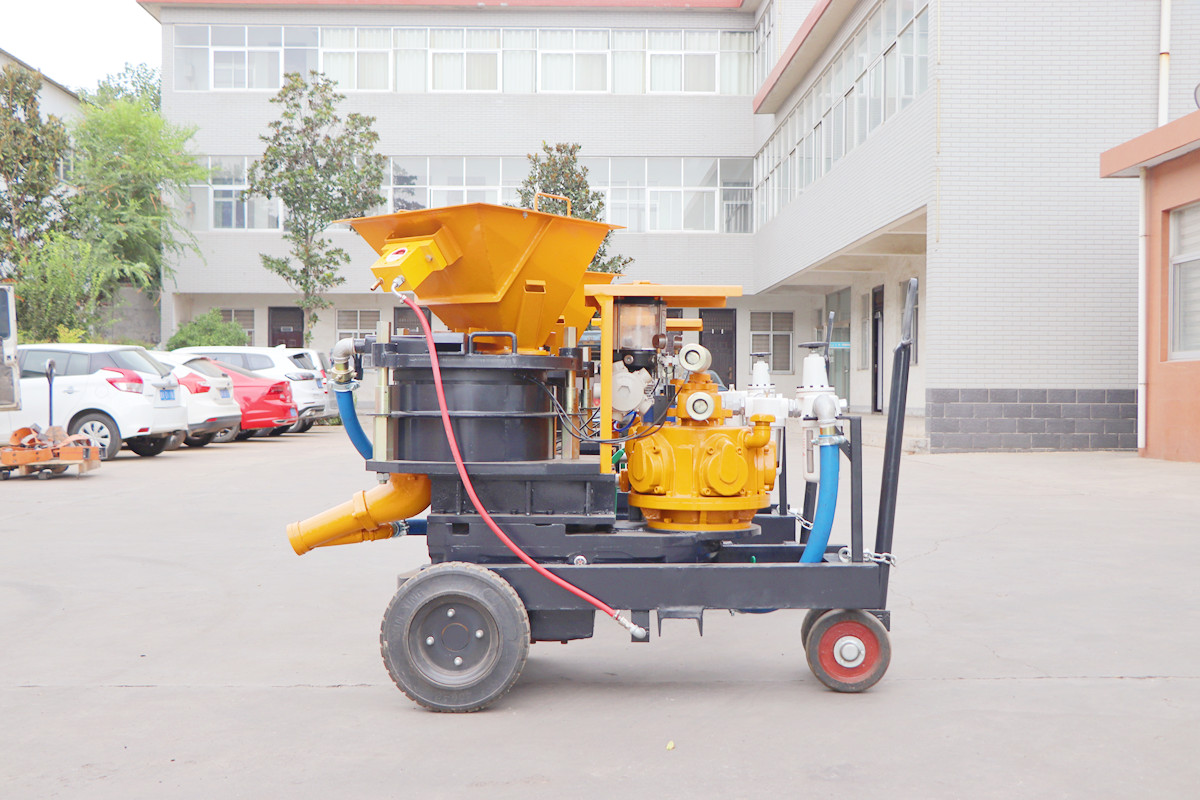Liquid shotcrete accelerator for dry or wet shotcrete
In dry shotcrete, liquid accelerators react with cement in the dry mix to quickly form a hardened structure. Since dry shotcrete is a mixture of dry mix and water and then sprayed onto the construction surface through a nozzle, the addition of liquid accelerators requires strict control of the mix ratio and mixing uniformity. In wet shotcrete, the mechanism of action of liquid accelerator is similar to that of dry shotcrete, but the construction method and mixing process are different. Wet shotcrete is to spray the pre-mixed wet mix onto the construction surface through a nozzle, so the addition and mixing process of liquid accelerator needs to be completed during the wet mix preparation stage.
Liquid accelerating setting agents can play an important role in both dry and wet shotcrete, significantly improving construction efficiency and concrete performance. During use, the proportion and mixing uniformity should be strictly controlled and appropriately adjusted according to the actual situation.
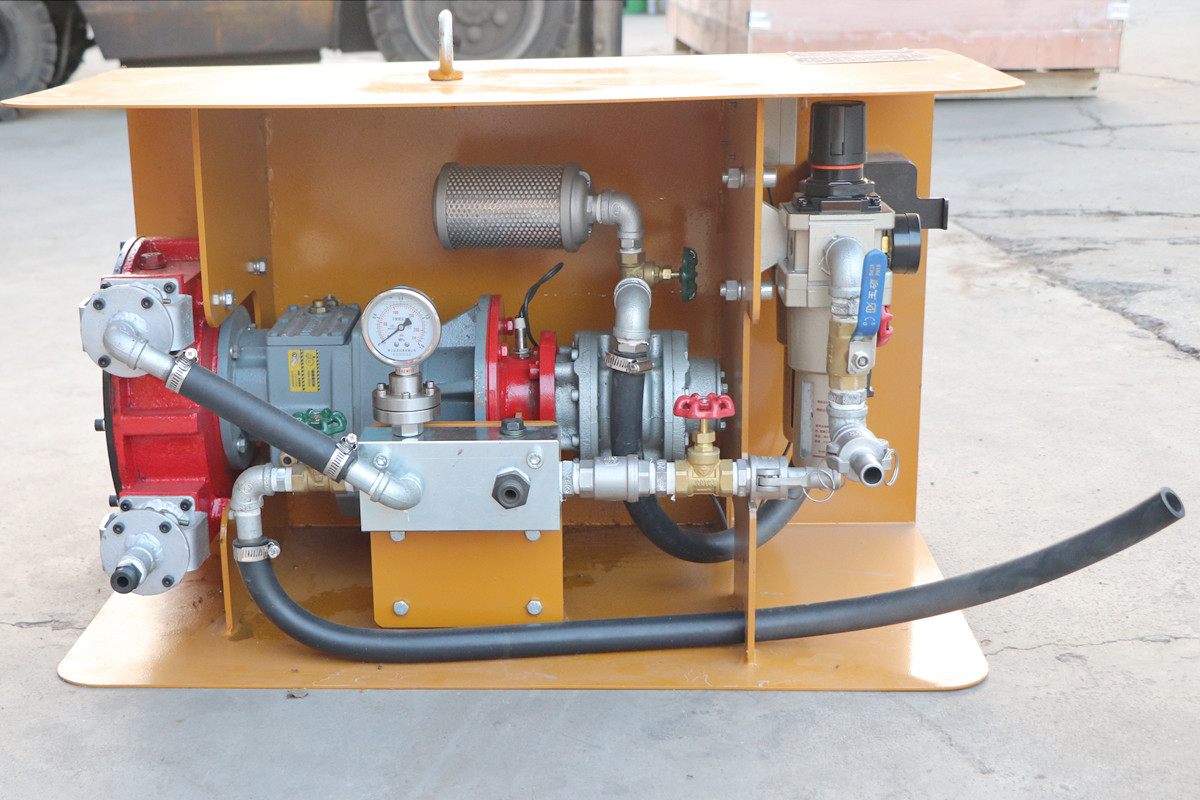
Liquid shotcrete accelerators can be used in both dry and wet shotcrete processes, although they are more commonly associated with wet shotcrete due to the way the material is mixed and applied. These accelerators are chemical additives designed to speed up the setting and hardening of shotcrete, making it easier to apply in construction projects that require fast-setting concrete, such as tunnels, mines, and slope stabilization.
1. Liquid Accelerators for Wet Shotcrete:
In wet shotcrete, the concrete mix (containing water, aggregate, and cement) is pre-mixed and then pumped through a hose to the nozzle, where the liquid accelerator is injected right before application onto the surface.
Features:
Pre-mixed with Water: Wet shotcrete already contains water, so the liquid accelerator is injected at the nozzle to start the chemical reaction just before the shotcrete hits the surface.
Precise Control: The liquid accelerator can be precisely dosed using a metering pump, allowing for better control over the setting time and early strength development of the shotcrete.
Lower Rebound: Wet shotcrete typically has less rebound (material bouncing off the surface) compared to dry shotcrete, and the use of a liquid accelerator helps it adhere better to surfaces.
Rapid Setting: Liquid accelerators in wet shotcrete can reduce setting time to a few minutes, making it ideal for projects requiring quick stabilization, such as underground construction or slope protection.
Applications:
Tunneling and Mining: Liquid accelerators in wet shotcrete are used extensively in these environments to ensure quick setting and early strength for ground support.
Slope Stabilization: Wet shotcrete with a liquid accelerator is applied to slopes to prevent landslides or erosion, creating a protective layer that hardens quickly.
Structural Linings: In tunnels, liquid accelerators help in forming strong linings that can bear loads almost immediately after application.
Advantages in Wet Shotcrete:
Faster Setting Times: This allows for quick application of subsequent layers or immediate use of the structure.
Improved Workability: The wet process is generally easier to work with, especially when combined with liquid accelerators, resulting in smoother, more uniform surfaces.
Higher Strength: Liquid accelerators help achieve higher early strength, which is critical in safety-sensitive projects like tunnels and mines.
2. Liquid Accelerators for Dry Shotcrete:
In dry shotcrete, the dry components (cement, aggregate, etc.) are mixed and transported through the hose using compressed air. Water and the liquid accelerator are added at the nozzle as the material is sprayed onto the surface.
Features:
Water and Accelerator Added at the Nozzle: In the dry shotcrete process, water and the liquid accelerator are introduced at the last stage, at the nozzle, which initiates the setting process right as the material hits the surface.
Less Precise Control: Compared to wet shotcrete, dosing of liquid accelerators in dry shotcrete can be less precise due to the nature of the application, but advanced nozzle systems help improve accuracy.
Higher Rebound Potential: Dry shotcrete typically has a higher rebound (material loss) compared to wet shotcrete, but using liquid accelerators can help reduce this and improve adhesion.
Applications:
Repair Works: Dry shotcrete with a liquid accelerator is often used in repair applications, such as fixing cracks or damaged concrete structures, where fast setting is needed.
Remote Locations: The dry process is useful in remote or hard-to-access locations where transporting wet concrete would be impractical. A liquid accelerator ensures that the shotcrete sets quickly even in these conditions.
Overhead Applications: Dry shotcrete is often used for overhead applications like tunnel ceilings, and the addition of a liquid accelerator ensures the shotcrete adheres quickly to prevent slumping.
Advantages in Dry Shotcrete:
On-Site Flexibility: Because water is added at the nozzle, the dry process is more flexible, allowing for rapid adjustments based on the application conditions.
Immediate Set: Liquid accelerators allow the shotcrete to harden almost immediately, making it easier to apply overhead or on vertical surfaces.
